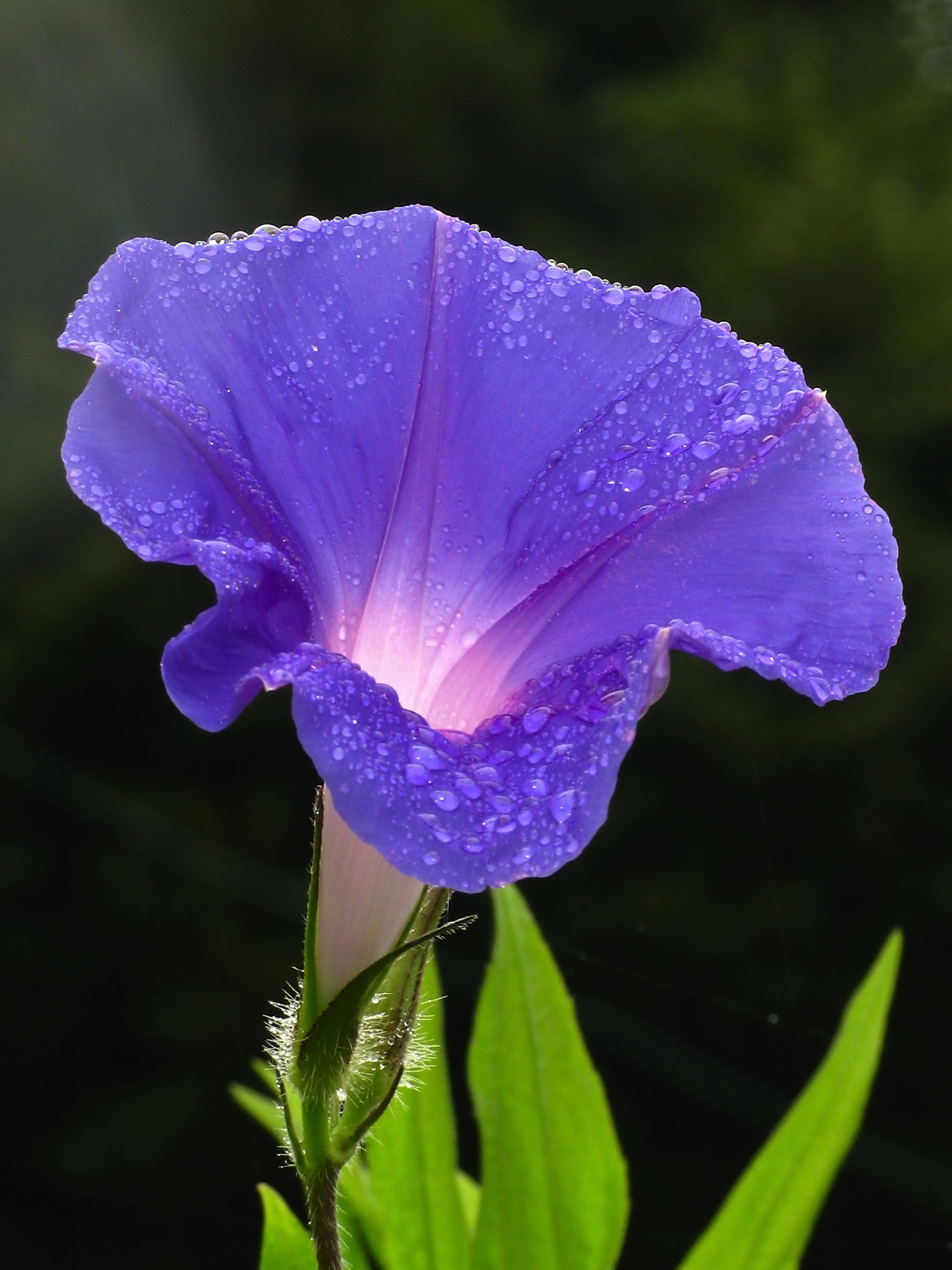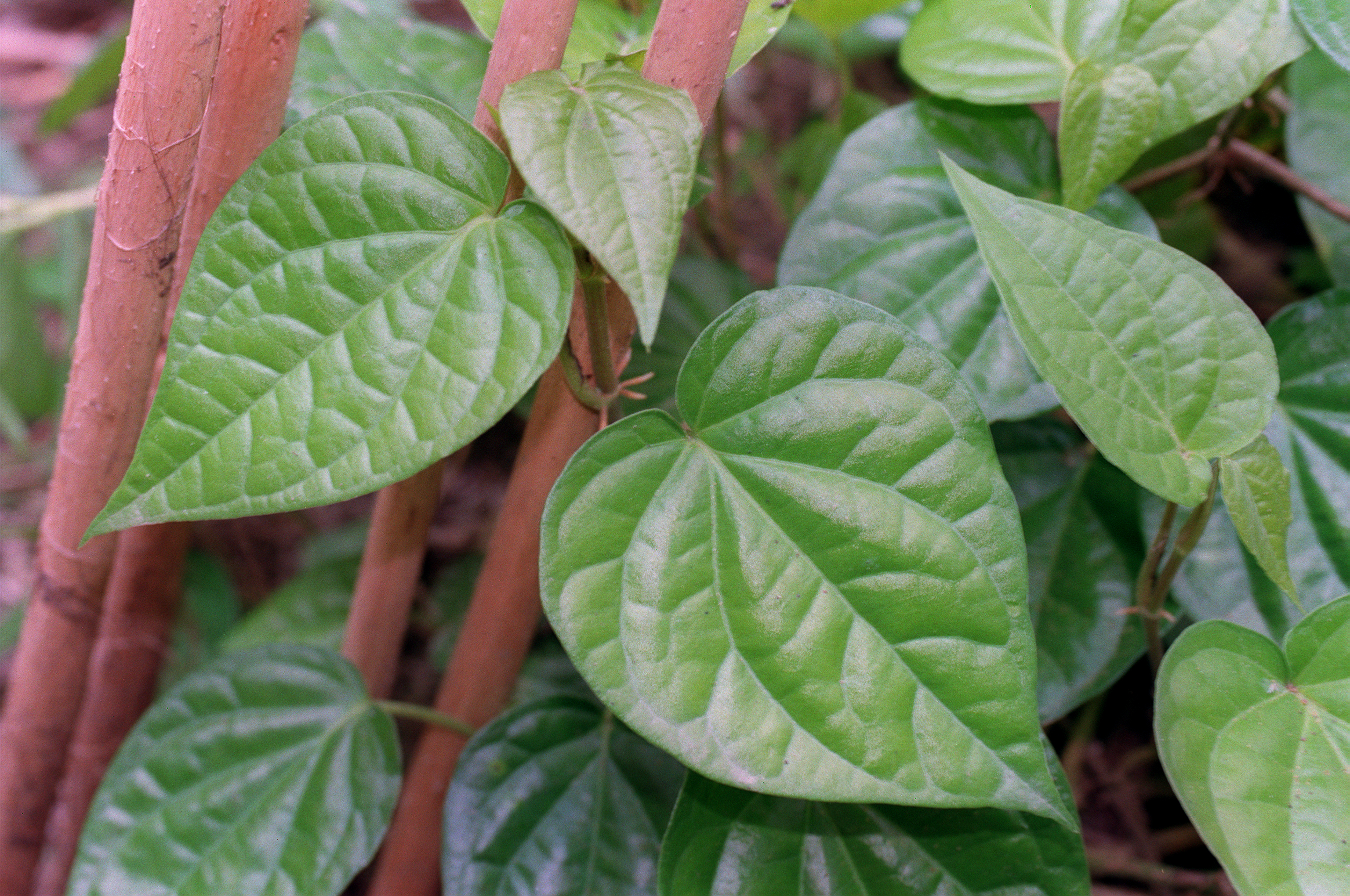|
Ipomoea Muricata
''Ipomoea muricata'', also called lavender moonvine, is a climbing vine in the genus ''Ipomoea'', the same genus that contains the various morning glory species and sweet potato. It is native to Central America, but now distributed widely across the tropics and subtropics. Morphology ''Ipomoea muricata'' is a fast annual climber, with funnel-shaped and white, reddish or lilac flowers, reminiscent of the color of lavender. The stems are twining and muricate. The leaf texture is glabrous, and its shape is ovate or orbicular. Uses The various parts of the plant are used as food, medicine and poison by the peoples of its native and expanded range. In the Indian state of Kerala, the plant is called clove bean or and the swollen peduncles are consumed, typically pan-fried or as a thoran Thoran ( ml, തോരൻ, pronounced ; or upperi in Northern Kerala is a class of dry vegetable dishes combined with coconut that originated in the Indian state of Kerala. This common dish ... [...More Info...] [...Related Items...] OR: [Wikipedia] [Google] [Baidu] |
Ipomoea
''Ipomoea'' () is the largest genus in the plant family Convolvulaceae, with over 600 species. It is a large and diverse group, with common names including morning glory, water convolvulus or water spinach, sweet potato, bindweed, moonflower, etc. The genus occurs throughout the tropical and subtropical regions of the world, and comprises annual and perennial herbaceous plants, lianas, shrubs, and small trees; most of the species are twining climbing plants. Their most widespread common name is morning glory, but some species in related genera bear that same common name and some ''Ipomoea'' species are known by different common names. Those formerly separated in ''Calonyction'' (Greek "good" and , , , "night") are called moonflowers. The name ''Ipomoea'' is derived from the Greek , (, ), meaning "woodworm", and (), meaning "resembling". It refers to their twining habit. Uses and ecology Human uses of ''Ipomoea'' include: *Most species have spectacular, color ... [...More Info...] [...Related Items...] OR: [Wikipedia] [Google] [Baidu] |
Morning Glory
Morning glory (also written as morning-glory) is the common name for over 1,000 species of flowering plants in the family Convolvulaceae, whose current taxonomy and systematics are in flux. Morning glory species belong to many genus, genera, some of which are: * ''Argyreia'' * ''Astripomoea'' * ''Calystegia'' * ''Convolvulus'' * ''Ipomoea'' (the largest genus) * ''Lepistemon'' * ''Merremia'' * ''Operculina'' * ''Rivea'' * ''Stictocardia'' As the name suggests, most ''morning'' glory flowers unfurl into full bloom in the early morning. The flowers usually start to fade a few hours before the corolla begins to display visible curling. They prefer full solar exposure throughout the day, and Mesic habitat, mesic soils. Some morning glories, such as ''Ipomoea muricata'', ''Ipomoea alba'', and ''Ipomoea macrorhiza'', are night-blooming flowers. History ''Ipomoea nil'', a species of morning glory, was first known in China for its medicinal uses, due to the laxative properties of i ... [...More Info...] [...Related Items...] OR: [Wikipedia] [Google] [Baidu] |
Sweet Potato
The sweet potato or sweetpotato ('' Ipomoea batatas'') is a dicotyledonous plant that belongs to the bindweed or morning glory family, Convolvulaceae. Its large, starchy, sweet-tasting tuberous roots are used as a root vegetable. The young shoots and leaves are sometimes eaten as greens. Cultivars of the sweet potato have been bred to bear tubers with flesh and skin of various colors. Sweet potato is only distantly related to the common potato (''Solanum tuberosum''), both being in the order Solanales. Although darker sweet potatoes are often referred to as "yams" in parts of North America, the species is not a true yam, which are monocots in the order Dioscoreales. Sweet potato is native to the tropical regions of the Americas. Of the approximately 50 genera and more than 1,000 species of Convolvulaceae, ''I. batatas'' is the only crop plant of major importance—some others are used locally (e.g., ''I. aquatica'' "kangkong"), but many are poisonous. The genus ''Ipomo ... [...More Info...] [...Related Items...] OR: [Wikipedia] [Google] [Baidu] |
Peduncle (botany)
In botany, a peduncle is a stalk supporting an inflorescence or a solitary flower, or, after fecundation, an infructescence or a solitary fruit. The peduncle sometimes has bracts (a type of cataphylls) at nodes. The main axis of an inflorescence above the peduncle is the rachis. There are no flowers on the peduncle but there are flowers on the rachis. When a peduncle arises from the ground level, either from a compressed aerial stem or from a subterranean stem (rhizome, tuber, bulb, corm), with few or no bracts except the part near the rachis or receptacle, it is referred to as a scape. The acorns of the pedunculate oak ''Quercus robur'', commonly known as common oak, pedunculate oak, European oak or English oak, is a species of flowering plant in the beech and oak family, Fagaceae. It is a large tree, native to most of Europe west of the Caucasus. It is wid ... are borne on a long peduncle, hence the name of the tree. See also * Pedicel (botany) * Scape (botany) ... [...More Info...] [...Related Items...] OR: [Wikipedia] [Google] [Baidu] |
Thoran
Thoran ( ml, തോരൻ, pronounced ; or upperi in Northern Kerala is a class of dry vegetable dishes combined with coconut that originated in the Indian state of Kerala. This common dish is usually eaten with rice and curry and is also part of the traditional Keralite '' sadhya''. Preparation Thoran is a dry dish traditionally made of finely chopped vegetables such as cabbage, yardlong bean and other bean varieties, unripe jackfruit, bittergourd (കയ്പ്പക്ക/പാവയ്ക്ക) or elephant foot yam, of leaves such as green or red spinach(Spinach, ചീര), ''Moringa oleifera'' or ''Ipomoea aquatica'', as well as of flowers such as ''Moringa oleifera'' or '' Sesbania grandiflora''. The chopped vegetable is mixed together with grated coconut, mustard seeds, curry leaves and turmeric powder and briefly stirred on a pan over a hot fire. Variants Thoran can be also made with carrots, green beans, cabbage, green tomatoes or spinach, veg ... [...More Info...] [...Related Items...] OR: [Wikipedia] [Google] [Baidu] |
Medicinal Plants
Medicinal plants, also called medicinal herbs, have been discovered and used in traditional medicine practices since prehistoric times. Plants synthesize hundreds of chemical compounds for various functions, including defense and protection against insects, fungi, diseases, and herbivorous mammals. The earliest historical records of herbs are found from the Sumerian civilization, where hundreds of medicinal plants including opium are listed on clay tablets, c. 3000 BC. The Ebers Papyrus from ancient Egypt, c. 1550 BC, describes over 850 plant medicines. The Greek physician Dioscorides, who worked in the Roman army, documented over 1000 recipes for medicines using over 600 medicinal plants in '' De materia medica'', c. 60 AD; this formed the basis of pharmacopoeias for some 1500 years. Drug research sometimes makes use of ethnobotany to search for pharmacologically active substances, and this approach has yielded hundreds of useful compounds. These include the common ... [...More Info...] [...Related Items...] OR: [Wikipedia] [Google] [Baidu] |
Flora Of Kerala
Flora (: floras or florae) is all the plant life present in a particular region or time, generally the naturally occurring ( indigenous) native plants. The corresponding term for animals is ''fauna'', and for fungi, it is '' funga''. Sometimes bacteria and fungi are also referred to as flora as in the terms ''gut flora'' or ''skin flora''. Etymology The word "flora" comes from the Latin name of Flora, the goddess of plants, flowers, and fertility in Roman mythology. The technical term "flora" is then derived from a metonymy of this goddess at the end of the sixteenth century. It was first used in poetry to denote the natural vegetation of an area, but soon also assumed the meaning of a work cataloguing such vegetation. Moreover, "Flora" was used to refer to the flowers of an artificial garden in the seventeenth century. The distinction between vegetation (the general appearance of a community) and flora (the taxonomic composition of a community) was first made by Jules Thurma ... [...More Info...] [...Related Items...] OR: [Wikipedia] [Google] [Baidu] |
Vines
A vine (Latin ''vīnea'' "grapevine", "vineyard", from ''vīnum'' "wine") is any plant with a growth habit of trailing or scandent (that is, climbing) stems, lianas or runners. The word ''vine'' can also refer to such stems or runners themselves, for instance, when used in wicker work.Jackson; Benjamin; Daydon (1928). ''A Glossary of Botanic Terms with their Derivation and Accent'', 4th ed. London: Gerald Duckworth & Co. In parts of the world, including the British Isles, the term "vine" usually applies exclusively to grapevines (''Vitis''), while the term "climber" is used for all climbing plants. Growth forms Certain plants always grow as vines, while a few grow as vines only part of the time. For instance, poison ivy and bittersweet can grow as low shrubs when support is not available, but will become vines when support is available. A vine displays a growth form based on very long stems. This has two purposes. A vine may use rock exposures, other plants, or other ... [...More Info...] [...Related Items...] OR: [Wikipedia] [Google] [Baidu] |





